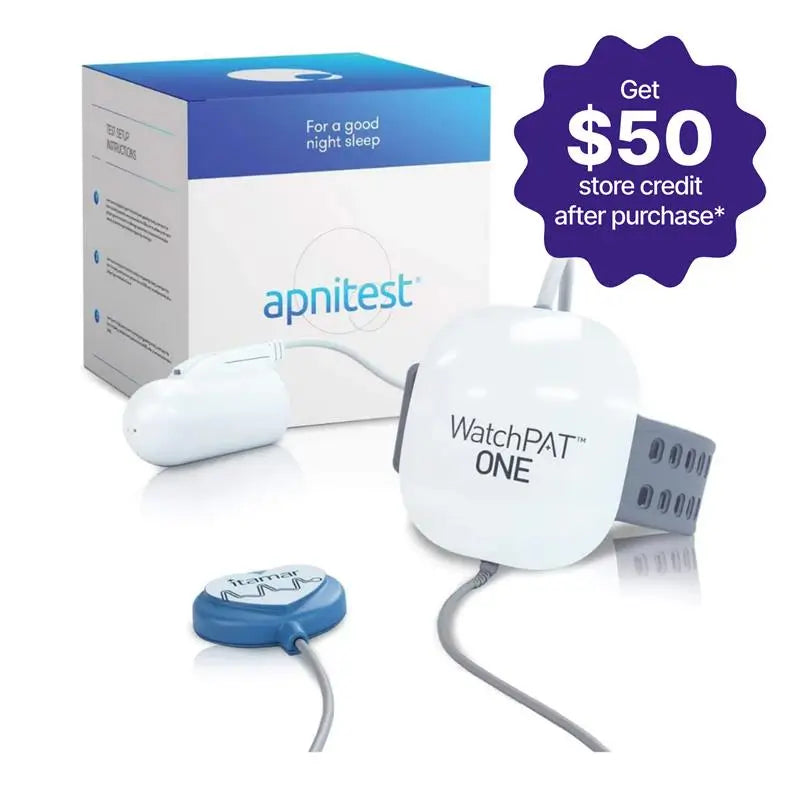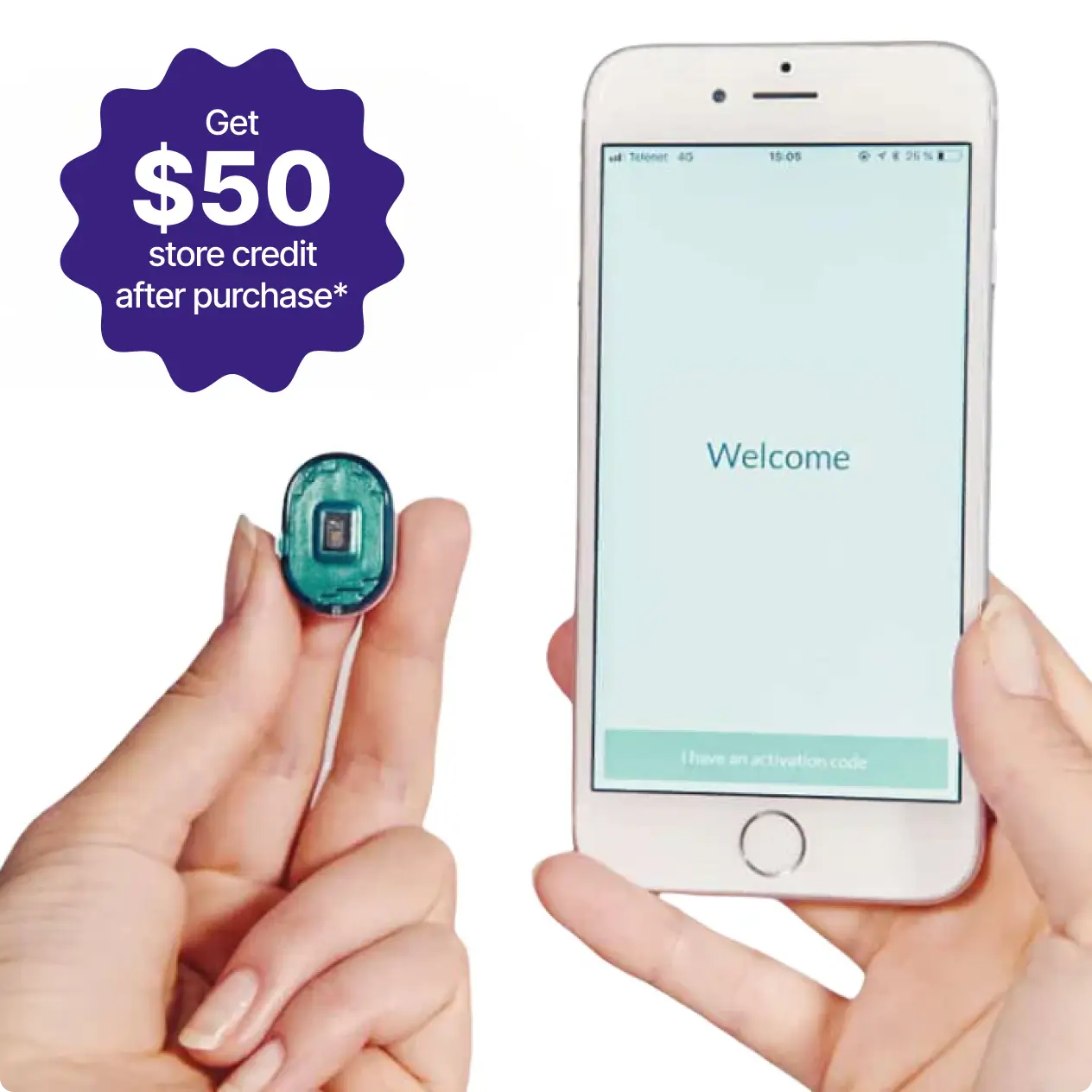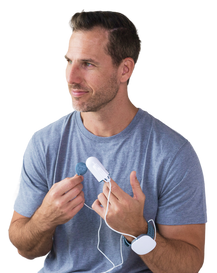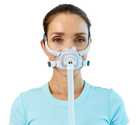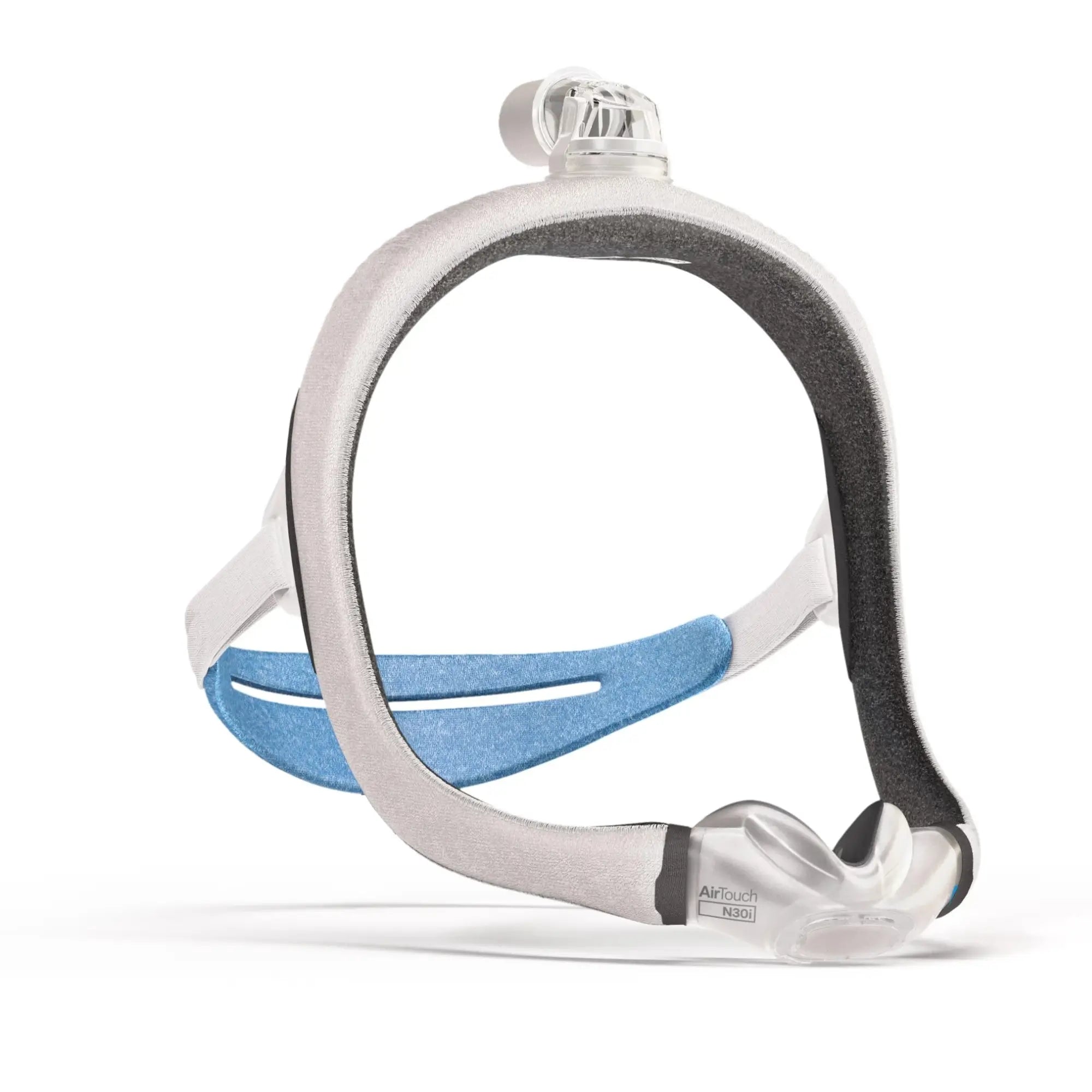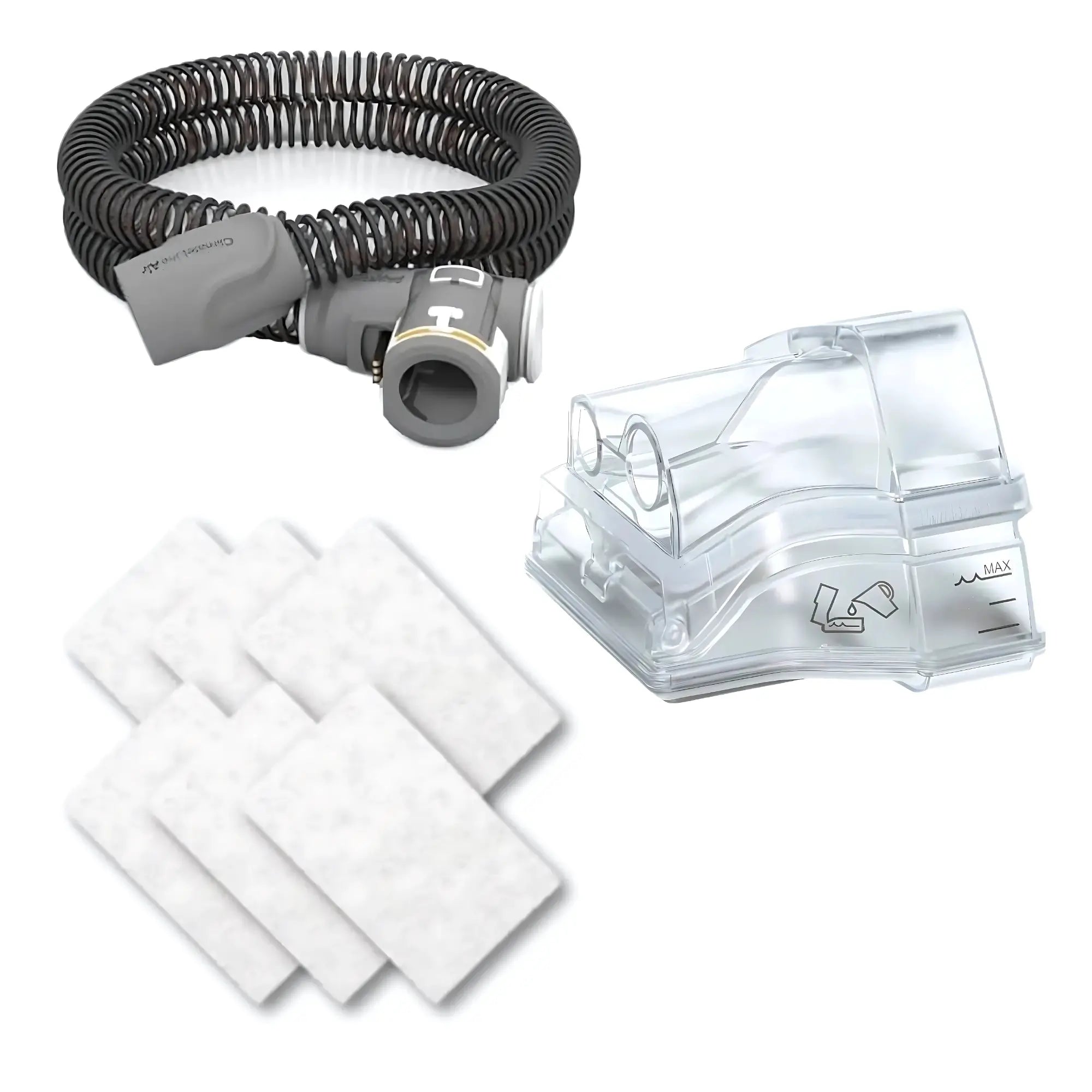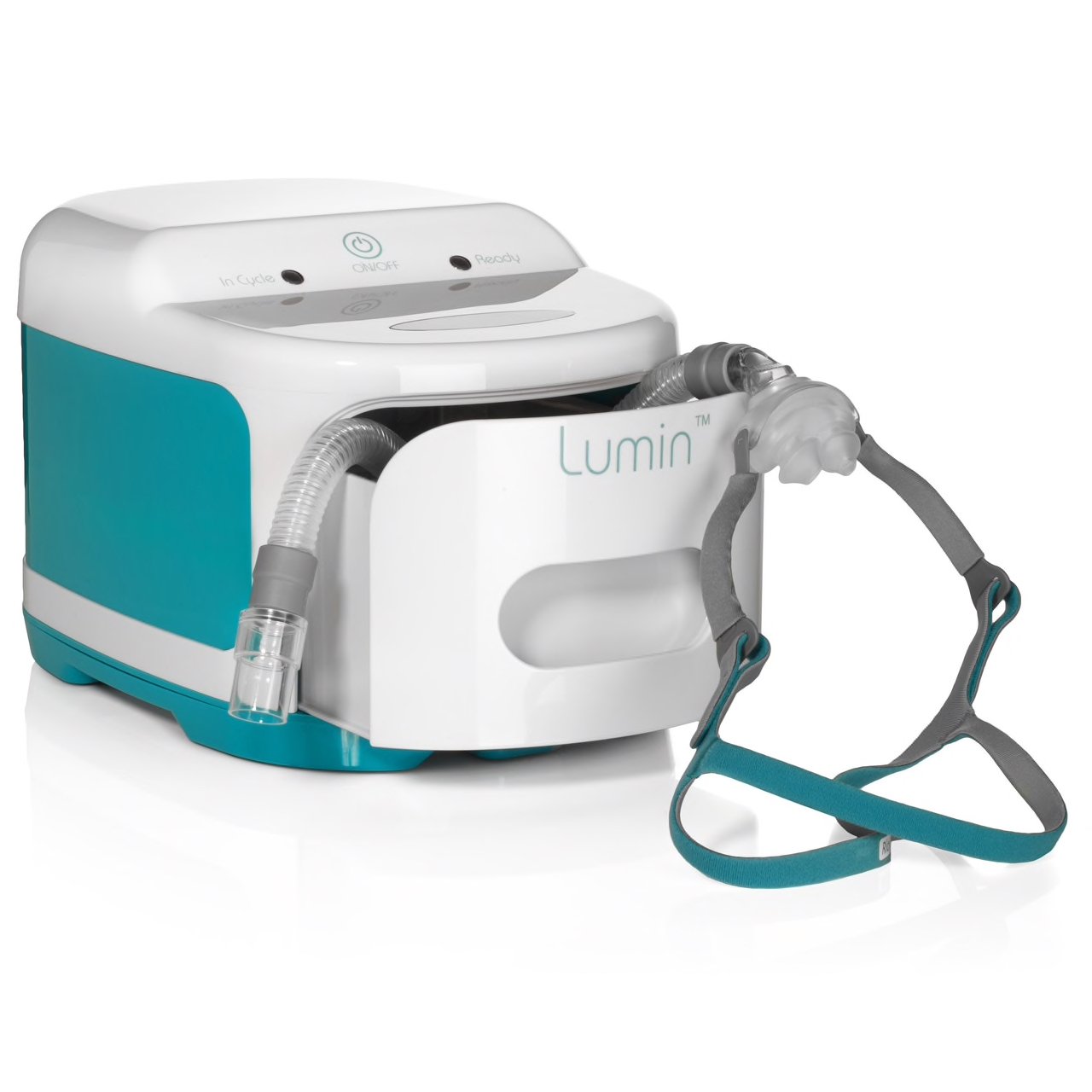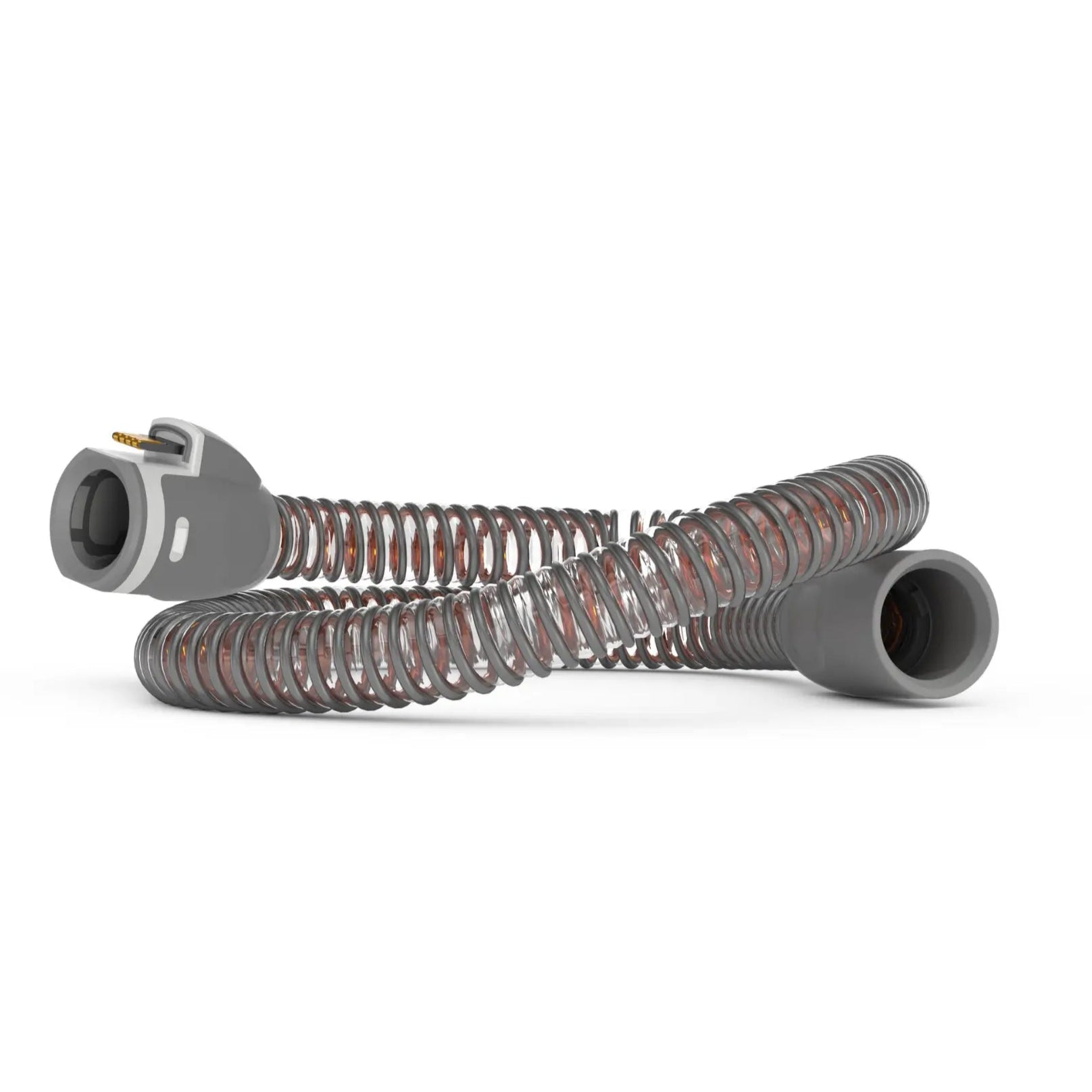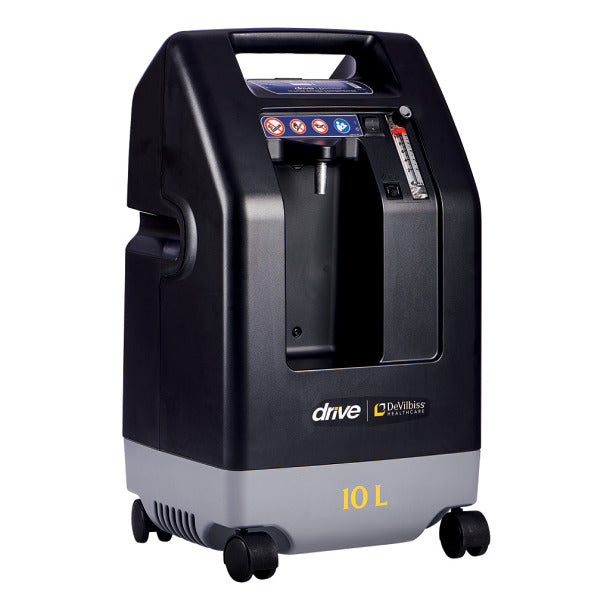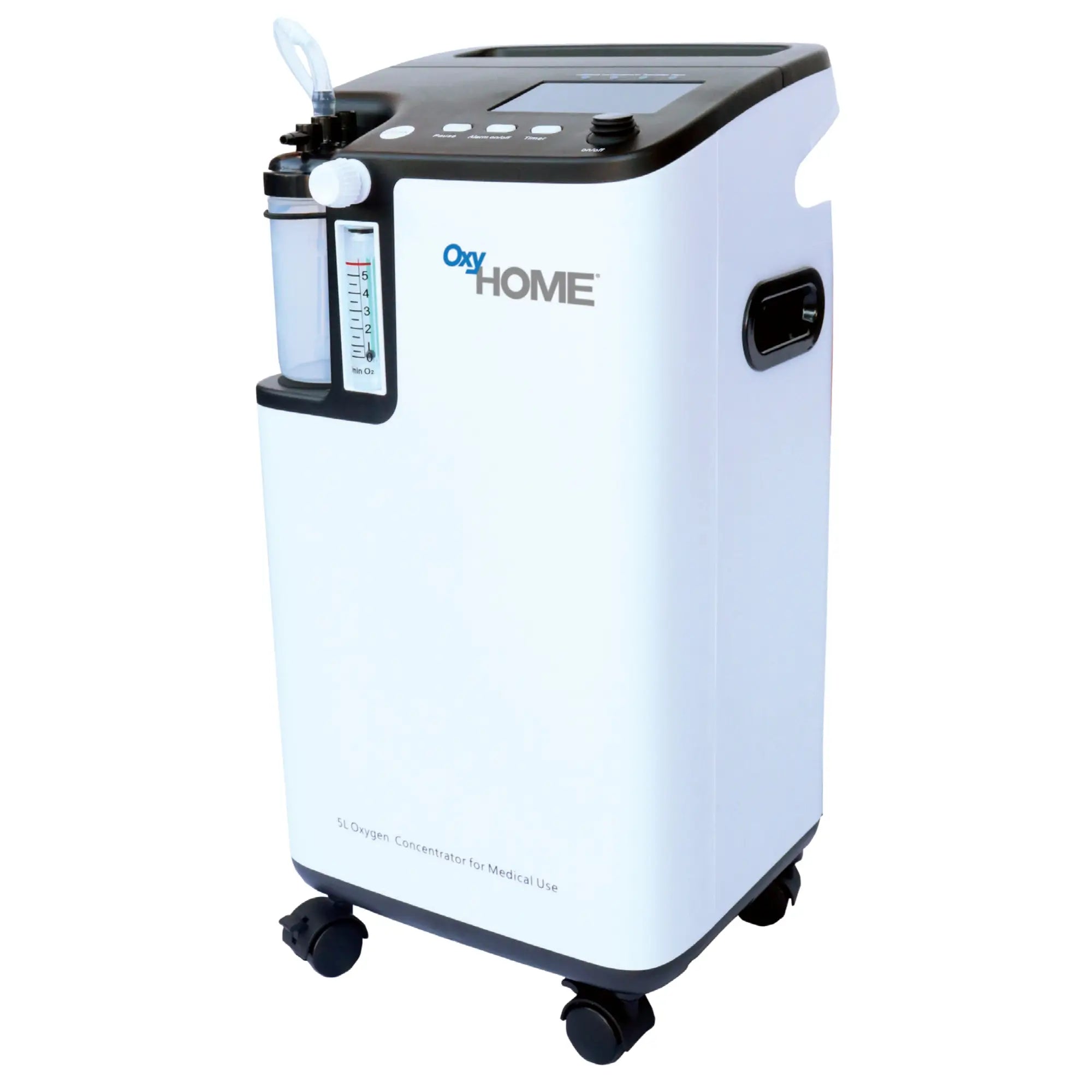The benefits of CPAP therapy actually last a few days after you stop using it. You do not have to wear your CPAP every single day. If you get sick and your nose is too runny to let you use your CPAP equipment, don't worry, breaks are fine!
However, we highly recommended that you try to use your CPAP machine when you have a cold. Sleep will help your body fight illness better. If your nose is not too runny to breathe with the mask on, the heated air may actually help you breathe more comfortably.
Dr. Matt Walker, a sleep scientist from Berkeley, says in his TED Talk that sleep health and immune health are intimately related.
So far in 2020, the average American has had more time for sleep than ever. Paradoxically, many people under quarantine routinely spend restless nights awake in bed. Although the country remains on high alert, rest is more important now than ever.
Keep reading for 5 tips on how to use a CPAP device with a cold.
Tip 1: Use a Full Face Mask
There are 3 types of CPAP masks. Which one is best for you will depend mostly on whether you breathe from your mouth when you sleep, whether you have facial hair, and how much you move in your sleep.
We recommend a full face CPAP mask over a nasal mask or nasal pillow mask because it allows the CPAP user to breathe through their mouth as well as their nose which is helpful when you are congested from a cold.
Thus, if your nose is stuffy you can still breathe. We recommend the Resmed Mirage Quattro full face mask for its high ratings, performance, and reliability, and the fact that it can stand up to high air pressure settings.
Tip 2: Decongestants and Nasal Spray
In many cases, you can bring your stuffiness down to manageable levels using decongestants and other over-the-counter medicine. However, we recommend nasal sprays over decongestants because decongestants can have some serious side effects.
They can increase blood pressure and irregular heartbeats which is why people who suffer from heart conditions should consult a doctor before taking certain decongestants. Pill and liquid decongestants can cause anxiety, nausea, headache, and dizziness.
There is a good reason why some medicines come in blue and purple packages labeled: "nighttime medicine" and some come in orange and yellow packaging that reads: "daytime medicine."
Decongestants, especially those with pseudoephedrine, tend to be considered daytime medicine. This means they will keep you awake for a few hours after taking them.
Tip 3: Humidifier Therapy
If you don't have access to a steam room, you could consider purchasing a humidifier.
Humidifiers, or vaporizers, work on your sinuses by loosening the mucus build-up in your nose. Sinusitis experts agree that breathing clean, warm, humid air is generally good for sinus health especially for those who are suffering from seasonal allergies or a common cold.
The best place for this treatment is inside a bathroom. Humidifier treatment can be surprisingly relaxing!
This treatment is particularly helpful for those who are experiencing dryness in their nasal passages and a sore throat due to low humidification in their environment. This can be due to illness, coldness, or a faulty heating system.
Some CPAP devices have the option to attach a water chamber in order to incorporate a CPAP humidifier into your therapy. CPAP heated humidifiers need a heated tube in order to provide warm air pressure and reduce rainout. Using a humidifier may prevent dry mouth and help with common cold congestion.
Tip 4: Vicks VaporRub
Vapor rub made from eucalyptus and camphor has been used for hundreds of years. This treatment works by tricking your brain into thinking you are not congested anymore.
Ironically, the brain will respond to this by dropping mucus production in your sinuses. Vicks Vapor Rub has been a staple in many households for every flu season to combat nasal congestion.
Placebo-based or not, researchers at Penn State tested 138 children aged 2 - 11 and found that Vicks helped treat cold symptoms in kids more reliably than comparable cough and cold medicine.
The results of this test surprised many researchers, but not many veteran parents.
Because of Vicks's characteristic smell, making this a double-blind study required a little creativity from the Penn State researchers. What they did was ask all parents to put Vicks under their nose so they would not be able to distinguish between the placebo and the Vicks.
This was a surprising result to many. Vapor rub was shown to improve parent's sleep, children's sleep, cough severity, and cough frequency. It was not shown to be significantly better for runny nose, however.
Tip 5: Elevate You Head and Sleep on Your Side
Gravity works against folks who sleep on their back. "Soldier style" slumber can make congestion and sleep apnea worse. Luckily, this is an easy problem to solve. If you are a back sleeper, you could experiment with different sleeping positions.
80% of sleep apnea cases are due to obstructions. This means that most people's apneas are caused by physical blockages in the airways. This blockage can be anything from inflamed tissue to a numb tongue.
Inside your sinuses, this problem gets doubled. The best way you can find rest with a common cold on top of a sleep apnea diagnosis is to avoid blocking your airways. You can do this by propping yourself up with extra pillows.

Conclusion
Getting over a cold can be a frustrating ordeal for people with sleep apnea. Not getting rest leads to a compromised immune system, and sometimes the difference between a good night and a bad one is a simple stuffy nose.
To speed up your recovery, we recommend switching to a full face mask, using a nasal spray, using a humidifier, trying Vicks Vaporub, and experimenting with different sleeping positions.
We’re here to help you get quality sleep. View our wide selection of products—which includes full face masks, water chambers, and CPAP cleaning systems.


